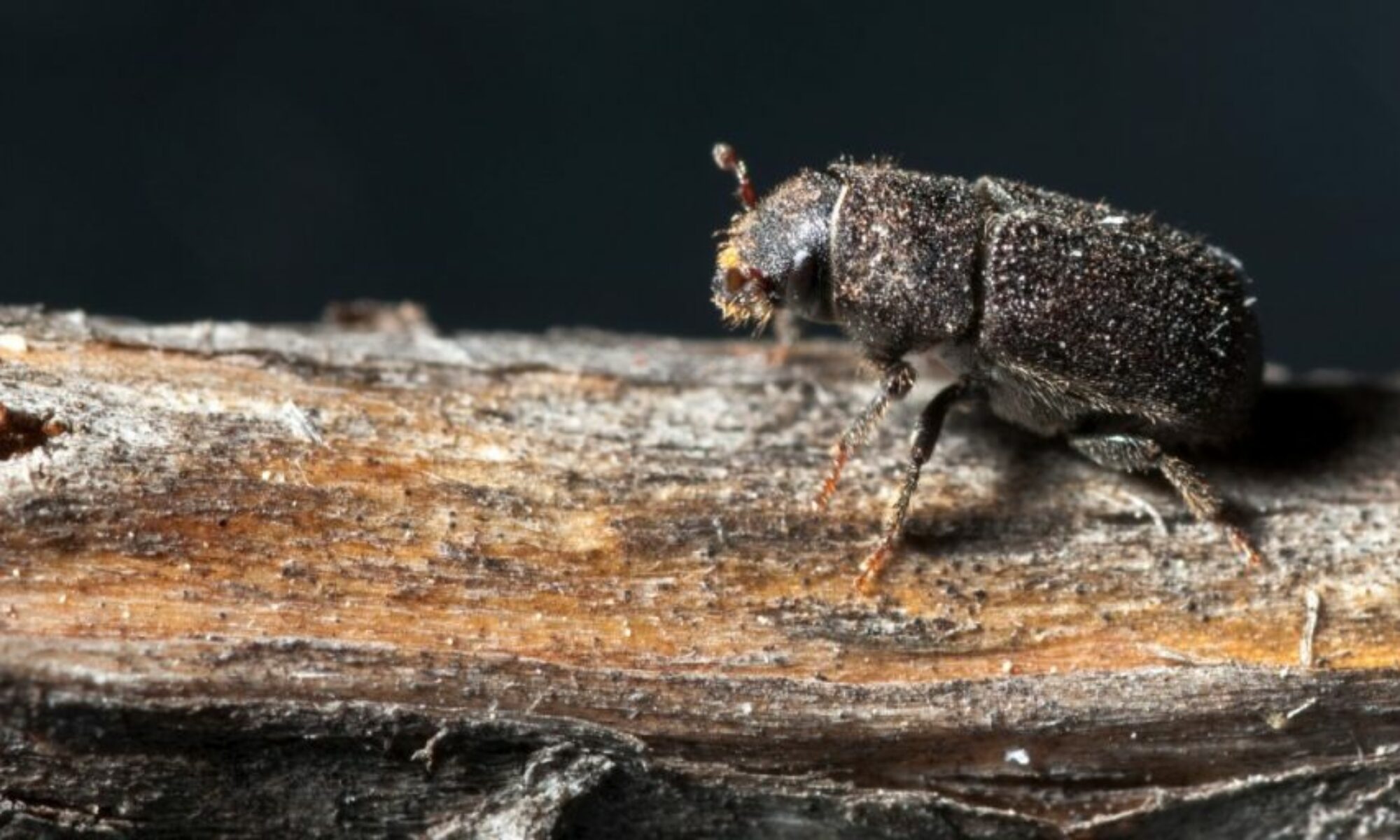I would like to acknowledge that the campuses of Thompson Rivers University is located on the traditional and unceded territory of the Secwepemc Nation within Secwepemcul’ecw. As I gain knowledge, teaching, learning, and research within this university, I recognize that this territory has always been a place of teaching, learning, and research.
I respectfully acknowledge the Secwepemc—the peoples who have lived here for thousands of years, and who today are a Nation of 17 Bands.
I acknowledge Tk’emlúps te Secwepemc.
I hope you enjoy my advocacy board, please feel free to share the link with family and friends!
References
Cahyanto, I. P., Pennington-Gray, L., & Wehrung, J. (2018). The mountain pine beetle: A study of tourism businesses’ perceptions of the risk of ecological disturbances. Journal of Park and Recreation Administration, 36(4), 24–40. https://doi.org/10.18666/jpra-2018-v36-i4-8563
Embrey, S., Remais, J. V., & Hess, J. (2012). Climate change and ecosystem disruption: <emThe health impacts of the North American Rocky Mountain Pine Beetle infestation. American Journal of Public Health, 102(5), 818–827. https://doi.org/10.2105/ajph.2011.300520
Thompson, K. M., Huber, D. P. W., & Murray, B. W. (n.d.). Autumn shifts in cold tolerance metabolites in overwintering adult mountain pine beetles. PLOS ONE. Retrieved March 5, 2022, from https://journals.plos.org/plosone/article?id=10.1371%2Fjournal.pone.0227203
